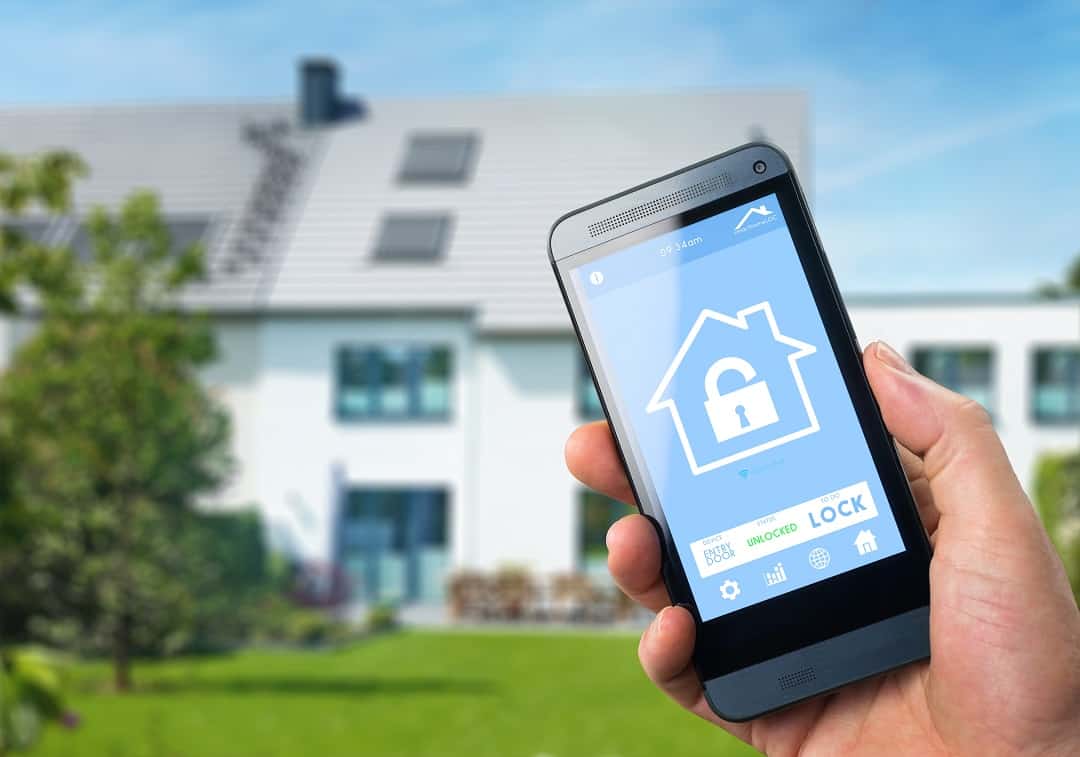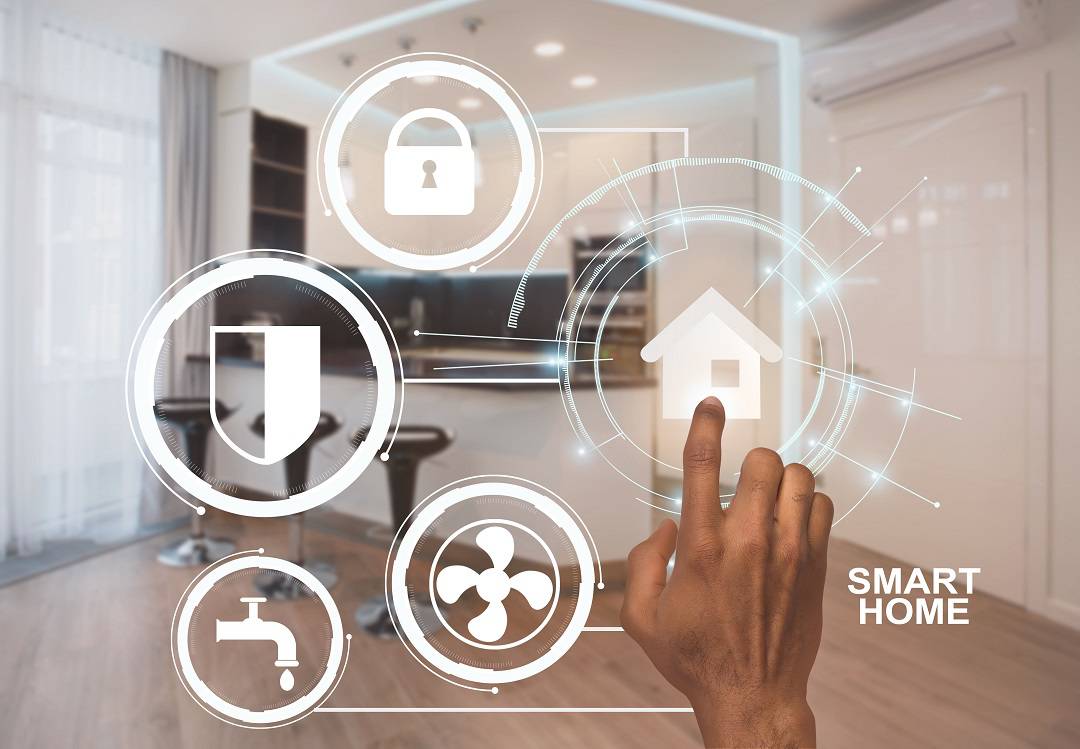Are you a proud owner of smart home devices? From voice-activated assistants to smart thermostats, these cutting-edge gadgets bring convenience and efficiency to our daily lives. However, as we immerse ourselves in the world of interconnected devices, it’s crucial to prioritize security to protect our privacy and data. In this blog post, we will explore one effective way to secure your smart home devices: using a guest network. By the end of this article, you’ll understand why creating a separate network for your smart devices is a good move and how it can provide an added layer of protection. So, let’s dive in and discover how to make your smart home even smarter and safer.
Why you Should Secure your Smart Home Devices
The importance of securing your smart home devices cannot be overstated. As more and more devices become interconnected, the risk of cyber attacks and privacy breaches increases. By taking steps to secure your smart home devices, you can protect your personal information, home security, and overall peace of mind.
Smart home devices are relatively simple, they have the bare necessities of software on them in order to do their job – turn on or off, sense various things. Smart home devices don’t have antivirus or fancy firewalls on them to help protect them from malicious activity. Add to this the fact that many smart home devices don’t get rigorous security testing or patching when needed. A smart home device with a security vulnerability can quickly become a liability in your house.
If a smart home device is successfully hacked, it can be used as an entry point to all of the other devices on your network. Attackers can use this to potentially get into any other networked device. This can be your computer, cell phone, tablet, and more. Imagine all of the personal data that you have on these devices: bank information, doctor’s information, and more. It’s critical to keep your Wifi enabled smart home devices separate from this information.
What is a guest network?
A guest network is a separate Wi-Fi network that you can set up in your home typically for guests to use. It is a secure and isolated network that keeps your main network separate from the devices that your guests connect to. This means that devices on the guest network can enjoy internet access without having access to your personal devices or sensitive information. Setting up a guest network is a great way to protect your smart home devices, as it creates an additional layer of security and prevents potential intruders from gaining access to your main network.
How to Setup a Guest Network
Your router may already support the guest network feature, in which case just go through the manufacturer’s instructions to set it up. However, not all routers have this feature, so it’s important to do your research and find one that suits your needs. Look for a router that explicitly mentions guest network capabilities in its specifications. Some routers even have the capability to create multiple guest networks!
Once you have the right router, setting up a separate guest network is relatively simple. Access your router’s settings by typing its IP address into your web browser. Look for the option to create a guest network ( usually under the WiFi settings ) and follow the on-screen instructions. You’ll typically be asked to choose a name for the network and set a password. Make sure the password is a good, strong password.
Configuring security settings for the guest network is crucial to ensure that your smart home devices remain protected. By default, guest networks are usually isolated from the main network, meaning devices connected to the guest network cannot communicate with devices on the main network. This helps prevent any potential attacks or unauthorized access.
Some more security settings to make sure are configured are:
- if there is an option to “allow guests to access local network” or similar, disable it
- if there is an option to “allow access to settings” or similar, disable it
- set up encryption on the new Wifi connection. We recommend using WPA2
That’s it! You’re ready to switch all of your Wifi enabled smart devices to use this new network.
By following these steps, you can create a secure guest network for your smart home devices, providing peace of mind for both you and your guests. With a separate network dedicated to your smart home devices, you can enjoy the convenience of smart home technology without compromising on security.
FAQ
Can I use my existing home network for my smart home devices?
Yes, you can use your existing home network for your smart home devices. However, it is highly recommended to set up a separate guest network specifically for your smart home devices. This is important because it adds an extra layer of security and helps protect your main network and personal data from potential threats. By creating a guest network, you can keep your smart devices isolated from your personal devices and limit the access they have to your main network. This way, even if one of your smart devices gets compromised, it won’t have direct access to your personal information or other devices on your network. Additionally, creating a guest network allows you to easily control and manage the access of your smart devices, making it more convenient and secure for you to enjoy the benefits of a smart home.
Is it necessary to have a separate internet connection for the guest network?
No, it is not necessary to have a separate internet connection for the guest network. A guest network can be set up using your existing internet connection. The main advantage of having a guest network is that it provides a separate and isolated network for your guests to connect to, keeping their devices separate from your home network. This helps to protect your personal devices and data from potential security risks. By using the guest network, you can provide internet access to your guests without compromising the security of your smart home devices or sharing your main network password.
Can I control my smart home devices while connected to the guest network?
Yes, you can control your smart home devices while connected to the guest network. Smart home devices typically connect to your home’s Wi-Fi network, and as long as they are connected to the same network, you’ll be able to control them using your smartphone or other compatible devices. The guest network is a separate network that allows visitors to connect to the internet without accessing your main network, ensuring that your personal devices and data remain secure. While connected to the guest network, you’ll still have access to the internet, and you can use any apps or platforms that control your smart home devices. So, rest assured, you can conveniently manage your smart home devices even when connected to the guest network.
Are there any limitations or potential issues with using a guest network for smart home devices?
Yes, there are a few limitations and potential issues to consider when using a guest network for your smart home devices. One limitation is that guest networks typically have restricted access to your main network, which means that some smart home devices may not function properly or have limited capabilities. Also, if you are using a completely local smart home hub like Home Assistant, then that device would also need to be setup in your guest network to be able to communicate with your smart home devices in there ( or you can mess with the routing table in your router, but that’s a bit advanced ).
Guest networks may also have slower internet speeds compared to your main network, which could affect the performance of your smart home devices, especially those that require a stable and fast internet connection. Finally, it’s important to note that some older smart home devices may not be compatible with guest networks, as they may require direct access to your main network for full functionality. I’ve personally had issues with my Alexa dot’s multi-room streaming of music while they’re connected to a guest network. However, I consider it a small price to pay for the added security.
What are some additional security measures I should consider for my smart home devices?
Some additional security measure for your smart home devices include making sure they are kept up to date with any software updates and picking strong, unique passwords for each device. In addition, if you can be sure to setup multi-factor authentication ( MFA ) with the device’s app to protect it even more.
In Summary
By setting up a guest network, you can provide a separate and secure connection for your smart devices, minimizing the risk of unauthorized access and potential security breaches. Remember, protecting your privacy and ensuring the security of your smart home is crucial in this digital age.




